Ha Giang Loop cost depends on your route and transport choice. An all inclusive tour usually ranges from $100 to $152 USD while a self guided trip can be done from $64 to $80 USD. To make planning easier Phieu Travel provides a clear breakdown of key expenses for your Ha Giang adventure.
1. Overview: What is the Ha Giang Loop and Why is it a must-do?
The Ha Giang Loop is Vietnam’s premier motorbiking route, stretching approximately 350km through the country’s northernmost province. This epic journey takes you through dramatic limestone karst landscapes, towering mountain passes, and villages of diverse ethnic minorities. The loop typically starts and ends in Ha Giang City, winding through highlights like the Dong Van Karst Plateau Geopark (a UNESCO site), the breathtaking Ma Pi Leng Pass, and the emerald Nho Que River.
Most travelers complete the loop in 3-4 days, though shorter 2-day or more leisurely 5-day itineraries are also popular. The experience offers unparalleled natural beauty, cultural immersion, and a sense of adventure that’s increasingly rare in our over-touristed world. Despite growing in popularity, Ha Giang retains its authentic charm and remains one of Vietnam’s most rewarding travel experiences.
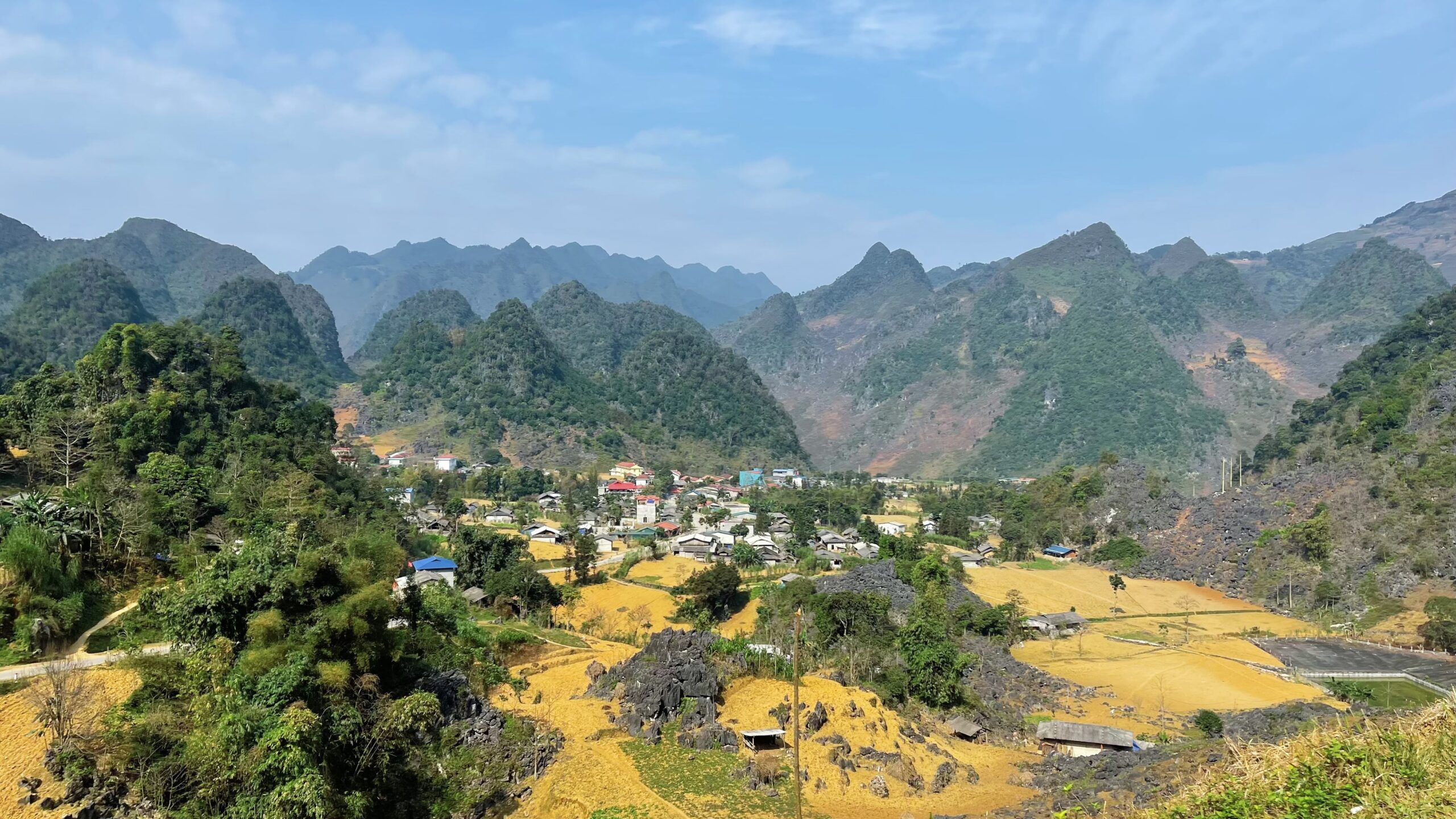
Ha Giang weather by month complete local guide for travelers
2. Ha Giang Loop cost breakdown
Understanding the different costs involved in exploring the Ha Giang Loop is essential for effective trip planning. Your overall expenses will vary significantly based on your travel style, the season, and whether you self-drive or join a guided tour. Below I’ve broken down the major expense categories based on current 2025 pricing information and my personal experience.
Self-Drive Motorbike Costs (2025)
Renting a motorbike remains the most popular and economical way to experience the Ha Giang Loop. Standard semi-automatic bikes (like Honda Wave or Yamaha Sirius) rent for 150,000-200,000 VND per day (approximately $6-8 USD). More powerful automatic scooters cost around 250,000 VND daily ($10 USD), while manual motorcycles like the Honda XR150 command 350,000-500,000 VND ($14-20 USD) daily.
Most rentals include helmets, but rain gear and storage bags may cost extra. A refundable deposit of 2-5 million VND ($80-200 USD) is standard, usually held via credit card authorization or passport (though I strongly recommend avoiding leaving your passport as security). Basic insurance is typically included, but comprehensive coverage costs an additional 50,000-100,000 VND ($2-4 USD) daily.
Fuel costs for the entire loop range from 150,000-300,000 VND ($6-12 USD) depending on your bike’s efficiency and your riding style. Many rental shops also offer maintenance packages for around 100,000 VND ($4 USD) that cover minor repairs and oil changes, which is worth considering given the challenging road conditions.
Easy Rider Tour Packages (2025)
If you’re not confident riding yourself, Easy Rider tours provide a fantastic alternative. These packages include an experienced local driver who takes you on the back of their motorbike. Current prices range from 900,000-1,200,000 VND ($36-48 USD) per day, including the driver, bike, fuel, and helmet.
Standard 3-day Easy Rider packages cost approximately 2.7-3.6 million VND ($108-144 USD) per person, while 4-day tours range from 3.6-4.8 million VND ($144-192 USD). Most packages include accommodation, breakfast, entrance fees, and an English-speaking guide. Reddit user reports confirm these prices, with one traveler noting they paid “3.1 million VND for Easy Rider, which includes everything” for a 3-day tour in early 2025.
Premium Easy Rider experiences with better bikes, more comfortable accommodations, and more experienced guides can cost up to 6 million VND ($240 USD) for a 4-day journey. These higher-end packages typically include all meals, better quality accommodation, and more personalized experiences with ethnic minority communities.
Group and Private Tour Packages
Group tours offer both cost efficiency and social experiences. Small group tours (4-8 people) in shared transportation cost around 2-3 million VND ($80-120 USD) per person for a 3-day itinerary. These typically include basic accommodations, transportation, guide, some meals, and entrance fees.
Private car tours provide comfort and flexibility for those who prefer not to ride motorbikes. Prices start at approximately 5 million VND ($200 USD) per day for the vehicle, driver, and guide. For a 3-day tour, two people sharing would pay around 7.5 million VND ($300 USD) each, while four people could reduce the per-person cost to about 3.75 million VND ($150 USD).
VIP van/bus packages, as offered by operators like Bibi Tours, cost around 5-7 million VND ($200-280 USD) for 3-4 day experiences with maximum comfort. These include hotel pickups in Hanoi, premium accommodation throughout the loop, all meals, and guided exploration of key attractions.
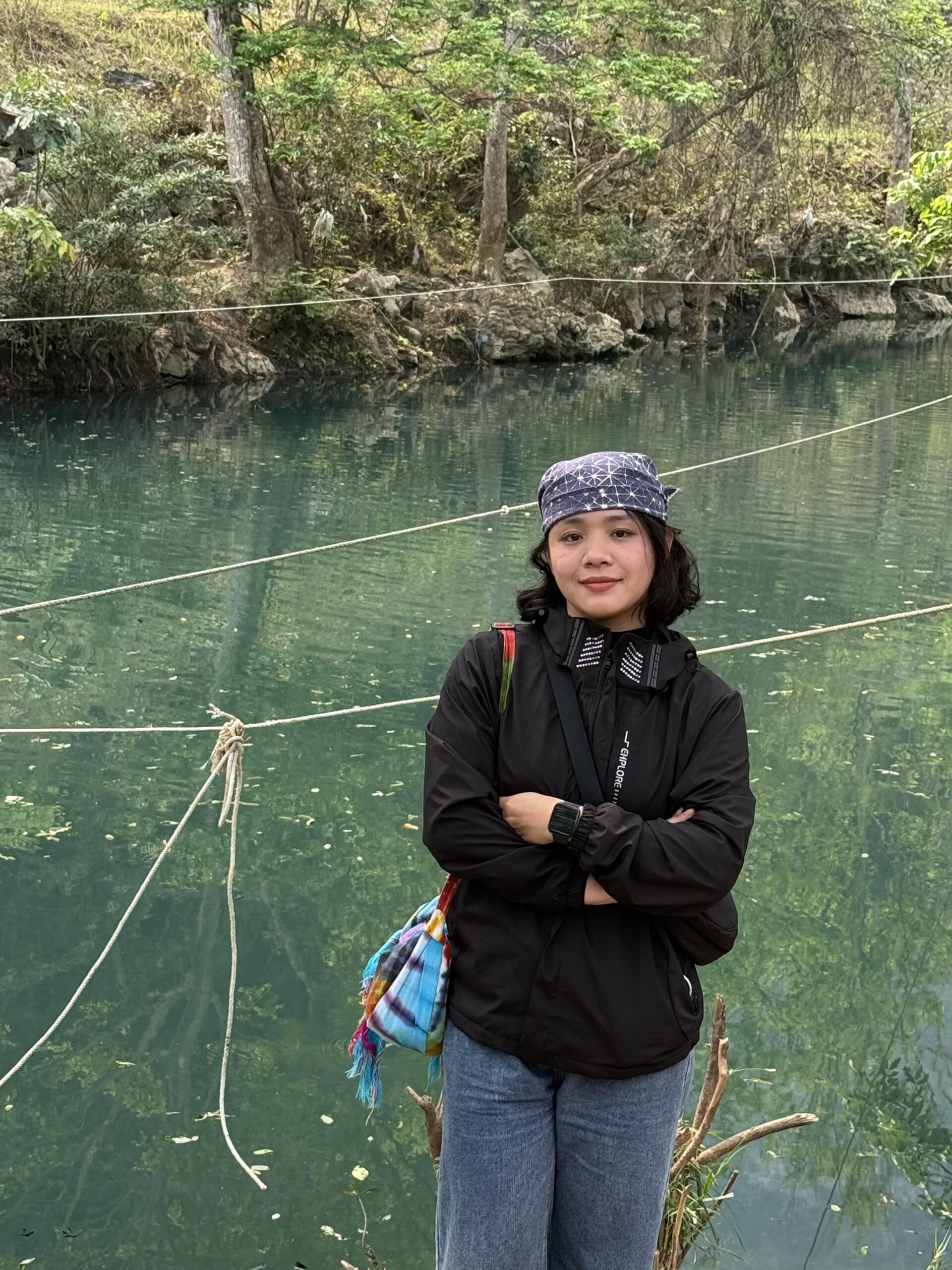
The Ultimate Ha Giang Loop Guide (2025): Itinerary, Map & Tips
3. Accommodation, food & drink costs on the loop
Accommodation options along the Ha Giang Loop vary widely in both style and price. Food costs are generally affordable, with local specialties providing excellent value. Here’s what you can expect to budget for these essential expenses in 2025.
Budget Homestays & Hostels
Homestays offer the most authentic and economical accommodation option on the loop. Basic homestays in ethnic minority villages charge 150,000-250,000 VND ($6-10 USD) per night, typically including family-style dinner and breakfast. These communal sleeping arrangements often feature traditional homes, shared bathrooms, and mattresses on the floor with mosquito nets.
Hostels in towns like Dong Van and Meo Vac offer dorm beds for 100,000-200,000 VND ($4-8 USD) per night. Many hostels include social spaces where travelers can share stories and tips. Popular options like Bong Hostel offer both dorms and basic private rooms, with amenities such as hot showers and WiFi (though connectivity can be spotty throughout the region).
Basic guesthouses with private rooms start around 250,000-350,000 VND ($10-14 USD) per night. These typically provide air conditioning, private bathrooms, and slightly more comfort than homestays, though with less cultural immersion.
Mid-Range & Luxury Options
Mid-range hotels in main towns like Dong Van, Meo Vac, and Ha Giang City charge approximately 500,000-800,000 VND ($20-32 USD) per night. These offer Western-style bathrooms, reliable hot water, comfortable beds, and often include breakfast buffets.
For those seeking more comfort, boutique hotels and higher-end homestay experiences are increasingly available. These premium options range from 1-2 million VND ($40-80 USD) nightly and often feature stunning views, higher quality furnishings, and more attentive service.
True luxury accommodations remain limited along the loop, but Ha Giang City offers a few hotels with prices around 2.5-3.5 million VND ($100-140 USD) per night. These properties feature amenities like swimming pools, spa services, and fine dining restaurants.
Typical Meal Prices by Region
Local restaurants serve dishes ranging from 30,000-80,000 VND ($1.20-3.20 USD) for rice or noodle-based meals. Ethnic minority specialties like thang co (traditional H’mong horse meat stew), smoked meats, and buckwheat pancakes typically cost 50,000-150,000 VND ($2-6 USD) per dish.
Street food and market snacks provide excellent value at 10,000-30,000 VND ($0.40-1.20 USD) per item. Don’t miss local specialties like banh cuon (steamed rice rolls) and xoi ngu sac (five-color sticky rice).
Beverages remain affordable throughout the loop. Local corn wine (ruou ngo) costs about 10,000-20,000 VND ($0.40-0.80 USD) per shot, while bottled water runs 10,000-15,000 VND ($0.40-0.60 USD). Coffee typically costs 15,000-25,000 VND ($0.60-1 USD), with regional variations in price between smaller villages and larger towns.
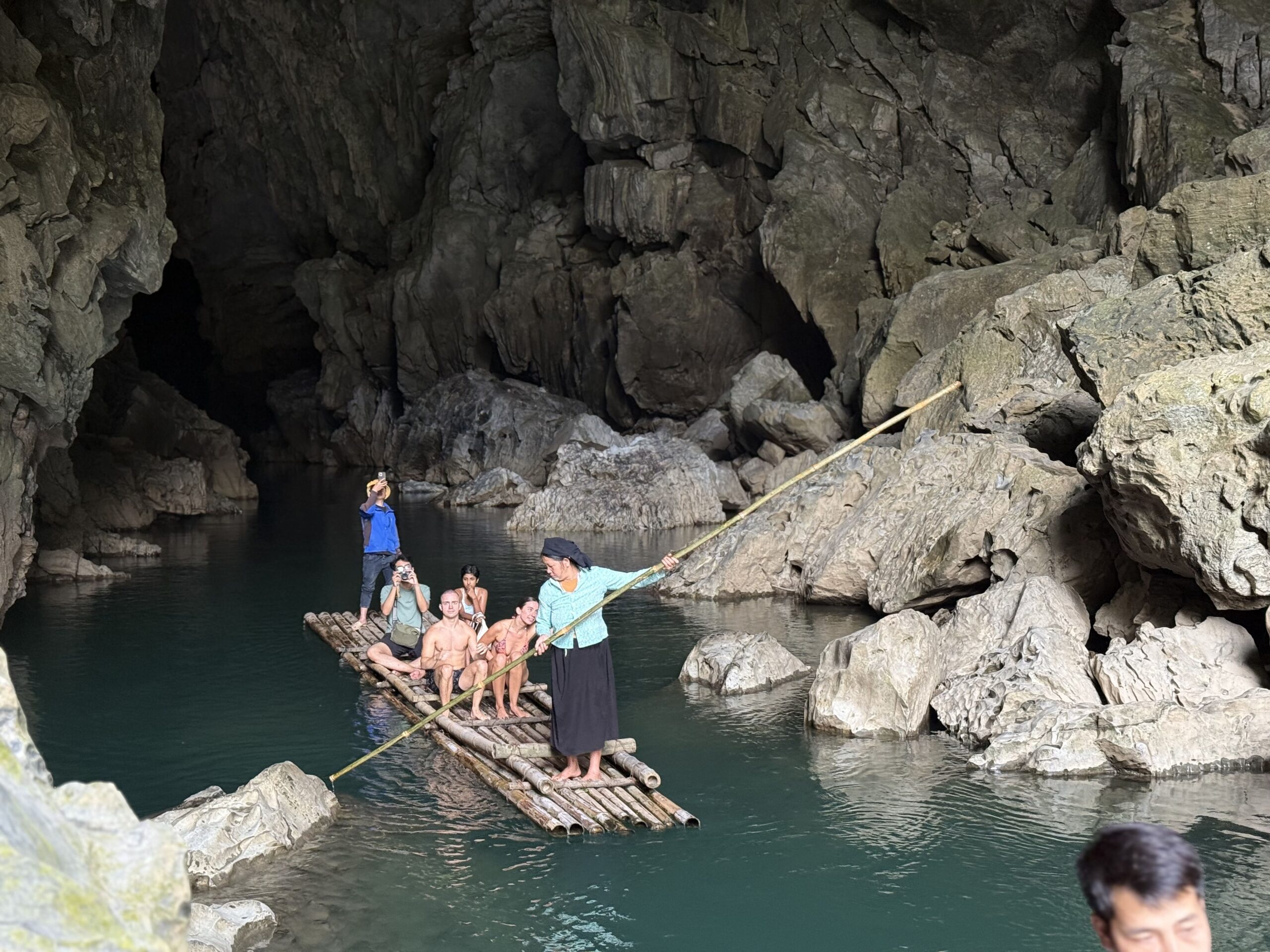
Driving License Requirements for Vietnam Motorbike Loop (2025 Guide)
4. Cost comparison table: self-drive vs. easy rider vs. group tours
To make your budgeting clearer, I’ve created this side-by-side comparison of costs for a standard 3-day/2-night Ha Giang Loop trip based on three popular travel styles:
| Expense Category | Self-Drive (Economy) | Easy Rider | Group Tour |
| Transportation | 150,000 VND/day × 3 = 450,000 VND | 1,000,000 VND/day × 3 = 3,000,000 VND | Included in package |
| Fuel | ~200,000 VND | Included | Included |
| Accommodation | 2 nights × 200,000 VND = 400,000 VND | 2 nights × 200,000 VND = 400,000 VND | Included in package |
| Food & Drinks | ~150,000 VND × 3 days = 450,000 VND | Breakfast included, other meals ~300,000 VND | Most meals included |
| Entrance Fees | ~100,000 VND | ~100,000 VND | Included |
| Guide | N/A | Included | Included |
| TOTAL (VND) | ~1,600,000 VND | ~3,800,000 VND | ~2,500,000 VND |
| TOTAL (USD) | ~$64 USD | ~$152 USD | ~$100 USD |
This comparison reveals that self-driving offers the most economical option if you’re comfortable on two wheels. Easy Rider tours cost more but provide safety and local insights. Group tours strike a balance between cost and convenience. Your choice depends on your riding confidence, desire for independence, and overall travel budget.

Ha Giang travel route map updated after the July 1, 2025 merger
5. Seasonal cost fluctuations & estimates for holidays
Ha Giang’s pricing follows distinct seasonal patterns that significantly impact your total trip cost. Understanding these fluctuations helps you budget accurately and potentially save money by traveling during shoulder seasons.
High season (September-November and March-April) brings perfect weather but higher prices. During these peak months, accommodation costs increase by 20-40%, especially during weekends and Vietnamese holidays. Motorbike rentals may rise by 50,000-100,000 VND daily, and popular homestays often require booking several weeks in advance.
October and November deserve special mention as buckwheat flower season, when prices reach their yearly peak. Homestays in prime viewing areas like Lung Cu and Dong Van may charge double their standard rates, and finding last-minute accommodation becomes extremely challenging.
Low season (May-August and December-February) offers substantial savings but comes with weather considerations. May-August brings monsoon rains that can make roads slippery and views foggy, while December-February delivers cold mountain temperatures dropping to 5-10°C (sometimes lower at night). However, prices drop by 20-30% during these periods, and negotiation becomes easier with less competition for rooms.
Major Vietnamese holidays like Tet (Lunar New Year) and national holidays create significant price spikes, sometimes doubling standard rates. If your travel dates coincide with these periods, booking well in advance and budgeting an extra 30-50% is advisable.

The Truth About Ha Giang Rock Apples: What Only Locals Will Tell You
6. Money-saving tips & hidden costs to avoid
After multiple trips around the loop, I’ve discovered numerous strategies to reduce costs without compromising the experience. Here are my top money-saving recommendations for 2025:
- Book accommodations directly rather than through tour operators, saving 15-25% on room rates. Many homestays now have Facebook or WhatsApp contacts for direct booking. Negotiating prices becomes easier when dealing directly with owners, especially during weekdays or low season.
- Travel with a buddy to share costs on accommodation, as most places charge per room rather than per person. Having a travel companion can reduce your lodging expenses by up to 50%.
- Pack essential supplies like sunscreen, rain gear, and basic medications from major cities, as these items cost significantly more in remote areas of Ha Giang. The price difference can be 30-100% higher along the loop.
- Be aware of these common hidden costs that can inflate your budget:
- Bike breakdown charges (100,000-500,000 VND depending on severity)
- ATM withdrawal fees (most machines charge 50,000-60,000 VND per transaction)
- Tourist “donations” at some villages (30,000-50,000 VND)
- Premium charges for hot water or western toilets in basic homestays (50,000-100,000 VND)
- Unexpected road or attraction fees (some viewpoints now charge 20,000-50,000 VND)
- Carry sufficient cash from Ha Giang City, as ATMs are scarce along the loop. Most places don’t accept cards, and those that do often add a 3-5% processing fee. Having small denominations helps when paying for meals and small purchases in remote villages.
- Consider joining or forming a small group to negotiate better rates for accommodations and experiences. Many homestays offer discounts for groups of 4+ people, sometimes reducing per-person costs by 15-20%.
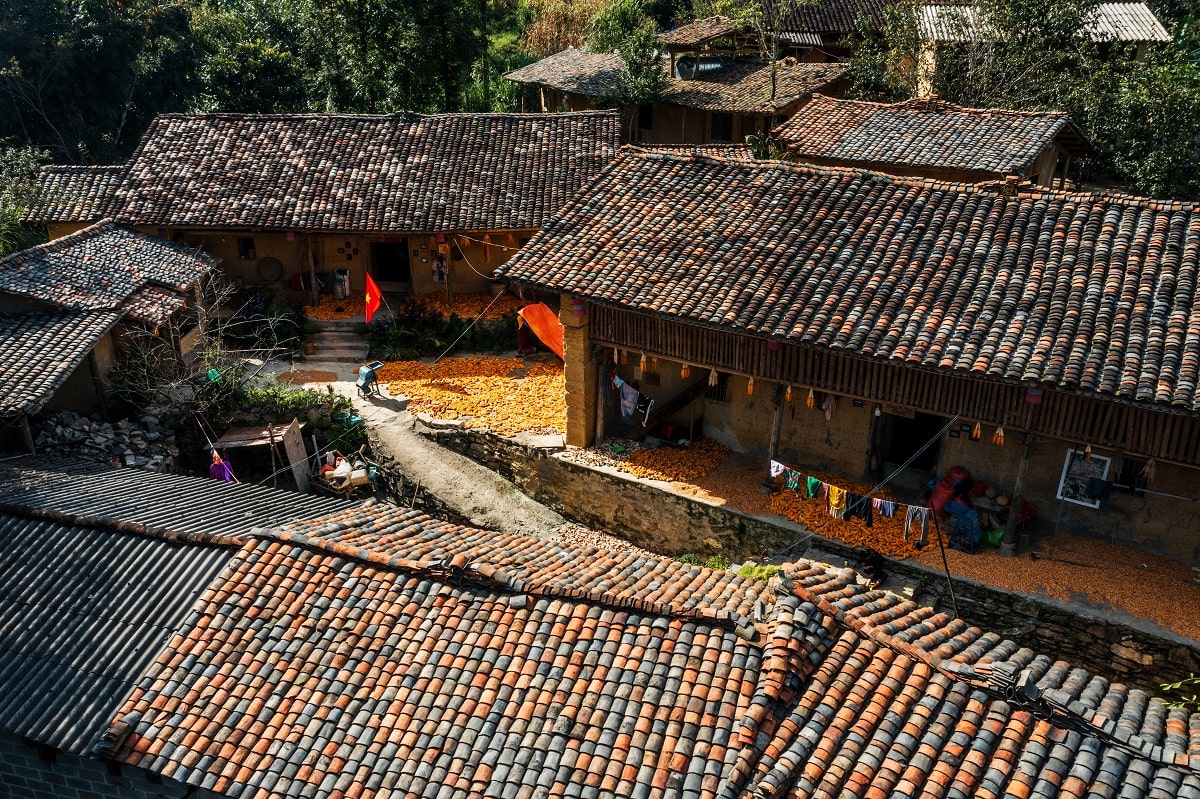
What to Pack for the Ha Giang Loop (Ultimate Packing Guide 2025)
7. Real User Reports: Ha Giang Loop Prices from Travelers
Recent travelers have generously shared their actual Ha Giang expenses, providing valuable real-world pricing context. These firsthand accounts from 2025 help set realistic expectations for your own trip planning.
Reddit user VietnamAdventures 2025 reported spending “3.1 million VND for an Easy Rider 3-day tour, which included everything except dinners and beers.” They noted the experience was “worth every dong” and that their guide’s local knowledge enhanced the journey tremendously.
A German backpacker I met at Bong Hostel shared his detailed expenses for a self-drive adventure in March 2025: 200,000 VND daily for an automatic Honda Vision, 175,000-250,000 VND nightly for homestays, approximately 220,000 VND daily for food, and 180,000 VND total for fuel. His 4-day journey totaled just under 2 million VND ($80 USD).
Two American travelers documented their premium tour experience on Instagram, reporting 4.8 million VND each for a 3-day private car tour with an English-speaking guide. They emphasized that the comfort and flexibility justified the higher price, especially for capturing photography at ideal times of day.
Bong Hostel’s guest book revealed consistent pricing for their packages: 1.8-2.2 million VND for 3-day self-drive packages (bike, accommodation, breakfast included) and 3-3.5 million VND for similar Easy Rider packages. These figures align closely with advertised rates, suggesting minimal hidden costs.
A French couple shared that their April 2025 trip (high season) cost approximately 30% more than quotes from January travelers, underscoring the importance of seasonal timing. Their combined 3-day expenses reached 7.9 million VND for two people on a mid-range Easy Rider tour.

8. Frequently Asked Questions (FAQs)
If you have any questions about the costs of your trip to Ha Giang, we’ve compiled the most common inquiries right here. Let Phieu Travel help you find the answers to ensure your trip is as amazing as it can be while staying within your budget.
What does the price for a Ha Giang Loop tour include?
Standard tour packages typically include transportation (motorbike rental or Easy Rider service), basic accommodation, breakfasts, an English-speaking guide, and entrance fees to major attractions. Most do not include lunch, dinner, personal expenses, or travel insurance. Premium packages may include all meals and higher quality accommodations.
How much does it cost to self-drive vs. hire an Easy Rider?
Self-driving costs approximately 1.5-2 million VND ($60-80 USD) for a 3-day loop, while an Easy Rider service ranges from 3-4.5 million VND ($120-180 USD). The price difference primarily covers the guide’s expertise, their driving skills, and the added safety and contextual information they provide.
Are there cheaper group or budget tour options?
Yes, joining a small group tour can reduce costs to around 2-3 million VND ($80-120 USD) per person for a 3-day trip. Hostels like Bong Hostel organize group departures that allow solo travelers to join existing groups for better rates, sometimes saving 20-30% compared to private tours.
How much should I budget for food and accommodation on the loop?
Budget travelers should allocate 150,000-250,000 VND ($6-10 USD) daily for accommodation and a similar amount for food. Mid-range travelers should budget 500,000-800,000 VND ($20-32 USD) for accommodation and 300,000-400,000 VND ($12-16 USD) for daily meals. Luxury travelers should expect to spend 1-2 million VND ($40-80 USD) on lodging and 500,000+ VND ($20+ USD) on dining daily.
Is the cost different during peak season or holidays?
Yes, prices typically increase 20-40% during high season (September-November and March-April), with the most significant increases during buckwheat flower season in October-November. Vietnamese holidays can see prices double, particularly for accommodation in popular viewing spots.
Are there hidden fees I should be aware of?
Common hidden fees include motorbike deposits (2-5 million VND), damage charges for bikes, tourist “donations” at some villages (30,000-50,000 VND), premium charges for amenities at basic homestays, and unexpected entrance fees at viewpoints (20,000-50,000 VND).
Where can I find real traveler reports about recent tour prices?
Recent price reports are available on Reddit’s r/VietnamTravel and r/Vietnam forums, Bong Hostel’s booking page reviews, and travel blogs like Laure Wanders and Alex Lau’s Bibi Tour Review. Facebook groups like “Vietnam Backpacker Tips” and “Ha Giang Loop Travelers” also feature current pricing discussions.
What’s the cheapest way to do the loop safely?
The most economical approach is self-driving during shoulder season (May or November), staying in basic homestays or hostels, and eating at local markets or small restaurants. Traveling with a companion to share accommodation costs further reduces expenses. However, only attempt self-driving if you have motorcycle experience, as road conditions can be challenging.
How do I get from Hanoi to Ha Giang, and what does it cost?
The most common route is by sleeper bus, which costs 250,000-350,000 VND ($10-14 USD) each way and takes 6-7 hours. Buses depart from My Dinh or Gia Lam stations in Hanoi. Private transfers cost significantly more at around 2-3 million VND ($80-120 USD) one-way but offer more comfort and flexibility.
Which is better: self-drive or guided tour for Ha Giang Loop?
This depends entirely on your experience level and preferences. Self-driving offers freedom and cost savings but requires confidence on challenging mountain roads. Guided tours provide safety, cultural context, and worry-free travel but at a higher price point. First-time visitors to Vietnam or inexperienced riders should strongly consider the Easy Rider option despite the higher Ha Giang loop cost.
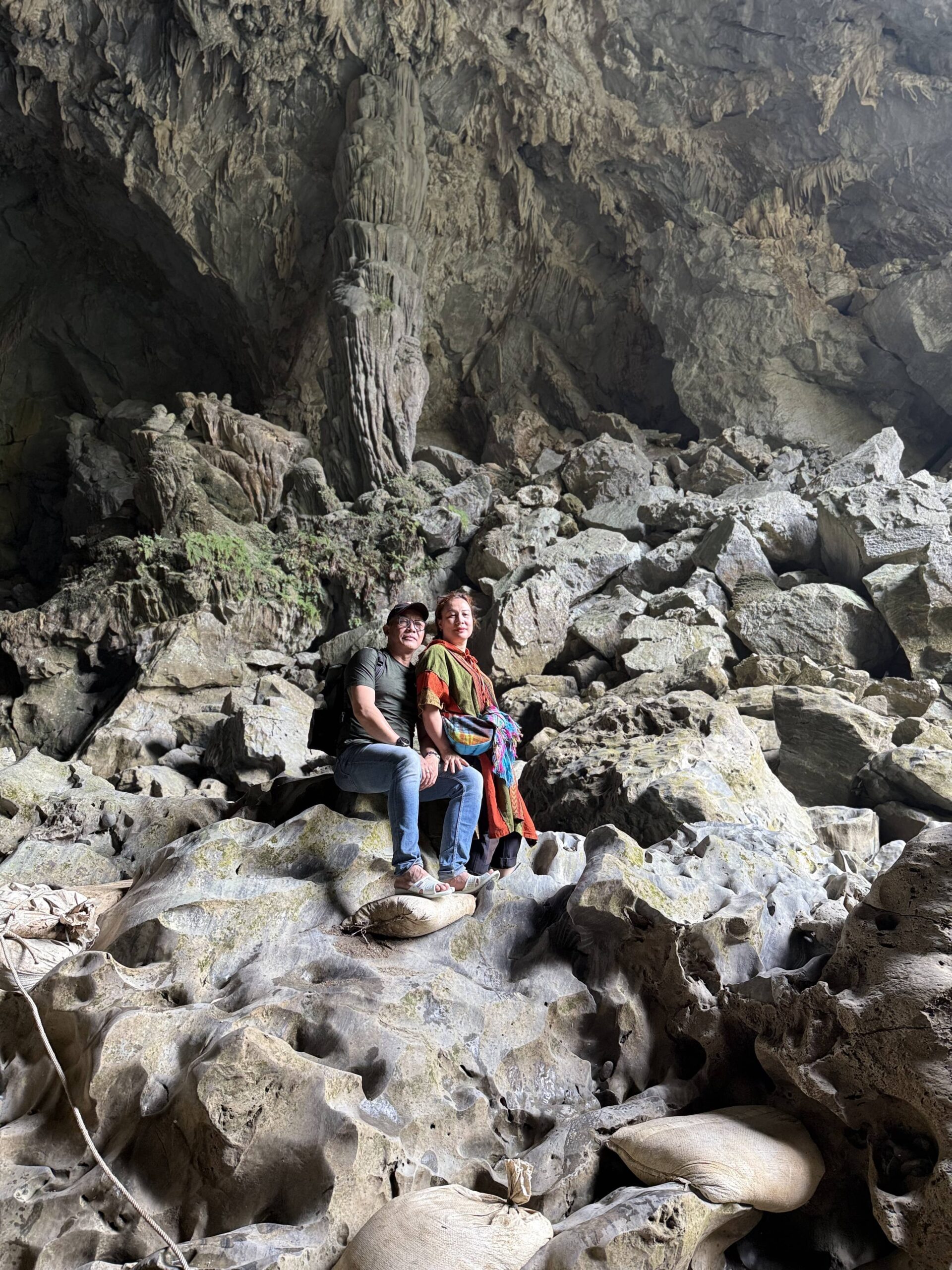
At Phieutravel.com , we believe the perfect Ha Giang adventure balances your budget constraints with safety and experience quality. Whether you choose a basic self-drive journey or a premium guided experience, the extraordinary landscapes and cultural encounters of the loop deliver value far beyond the Ha Giang loop cost. The memories of sunrise at Lung Cu Flag Tower or winding through Ma Pi Leng Pass will stay with you long after you’ve forgotten what you paid.
Read more:
- Ha Giang Trekking Tours: Ultimate Guide for Adventurers 2025
- Ha Giang Motorbike Loop: The Ultimate Tour with Phieu Travel
- 3 Days 2 Nights Ha Giang Loop tour package from Phieu Travel
- How to get a visa for Vietnam complete 2025 guide
- Ha Giang weather in October: climate, best time to visit & tips
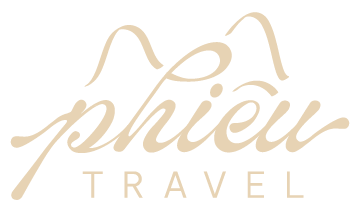

You Might Also Like
Ha Giang Weather in September: Complete Guide for Travelers
Exploring the magnificent Ha Giang Loop in September offers travelers a perfect balance of favorable[...]
Quan Ba Twin Mountains: Ha Giang’s Iconic Fairy Hills and Complete Travel Guide
The mystical Quan Ba Twin Mountains rise from the emerald valleys of Ha Giang like[...]
Vuong family mansion: the architectural marvel and cultural legacy of Ha Giang
Deep in Vietnam’s northern highlands, where mist-shrouded mountains meet terraced rice fields, stands a testament[...]
Ha Giang Loop Safety Tips: How to Ride Securely in Vietnam’s Northern Mountains
The Ha Giang Loop, with its winding mountain roads and breathtaking landscapes, offers one of[...]
The Ultimate Guide to the M-Shaped Curve on Ha Giang Loop
Vietnam’s remote northern province of Ha Giang hides a natural wonder that has captivated adventurous[...]
Most Beautiful Places to Visit in Vietnam: Essential Destinations and Insider Tips
Vietnam captivates travelers with its stunning landscapes, rich cultural heritage, and warm hospitality. From mist-shrouded[...]
Beyond the Beaten Path: Discovering Ha Giang Province in Northeast Vietnam
Ha Giang Province in Northeast Vietnam stands as one of the country’s last frontiers for[...]
Rainy season in Ha Giang: what to expect, when to go, and travel tips
Vietnam’s northern frontier reveals a different face during the rainy season, transforming Ha Giang’s limestone[...]